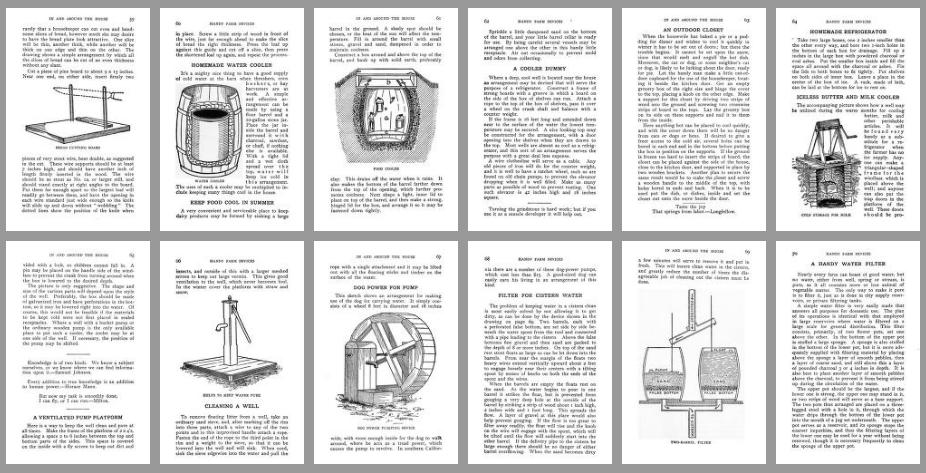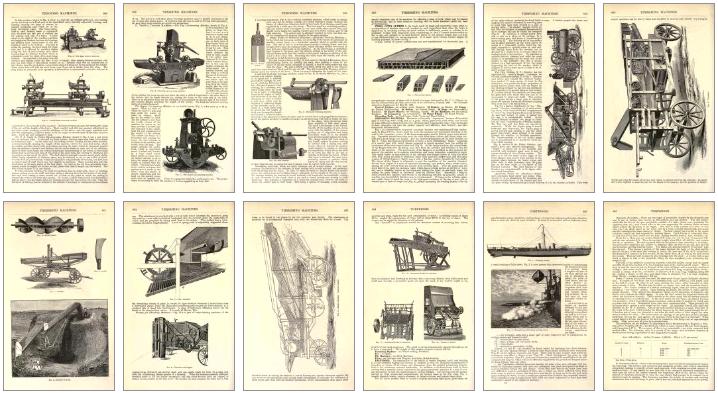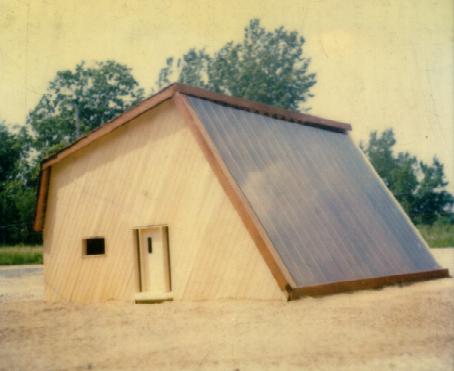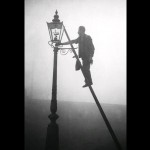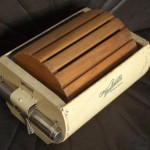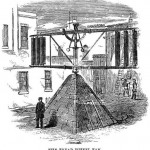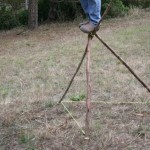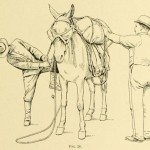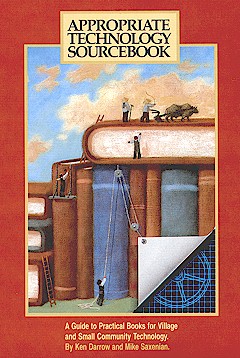 “Welcome to the online edition of the Appropriate Technology Sourcebook which reviews over 1,150 of the best books on appropriate technology.
“Welcome to the online edition of the Appropriate Technology Sourcebook which reviews over 1,150 of the best books on appropriate technology.
This is the online version of the latest edition guide to practical books on village and small community technology. Over 50,000 print copies of the previous editions have been used in more than 130 countries to find a wide range of published technical information that can be used by individuals and small groups.
In the new edition, 1150 publications are reviewed, covering small water supply systems, renewable energy devices such as water mills and improved cook stoves, agricultural tools and implements, intensive gardening, nonformal education, small business management, transportation, small industries and other topics.”
All previous entries in ‘Books & Reference‘.
